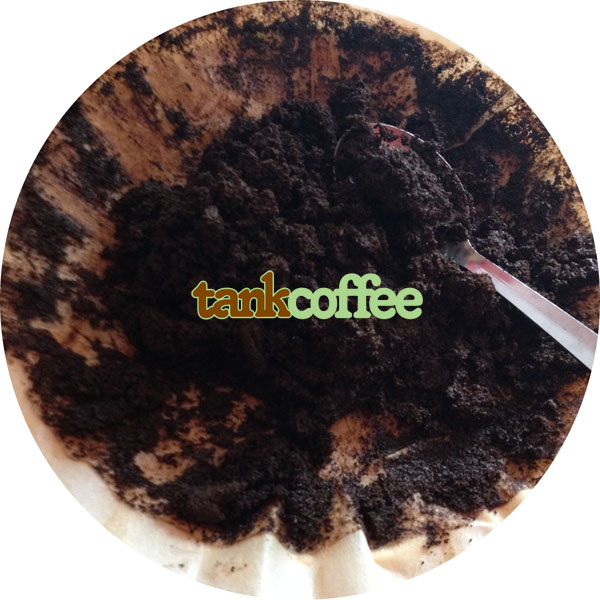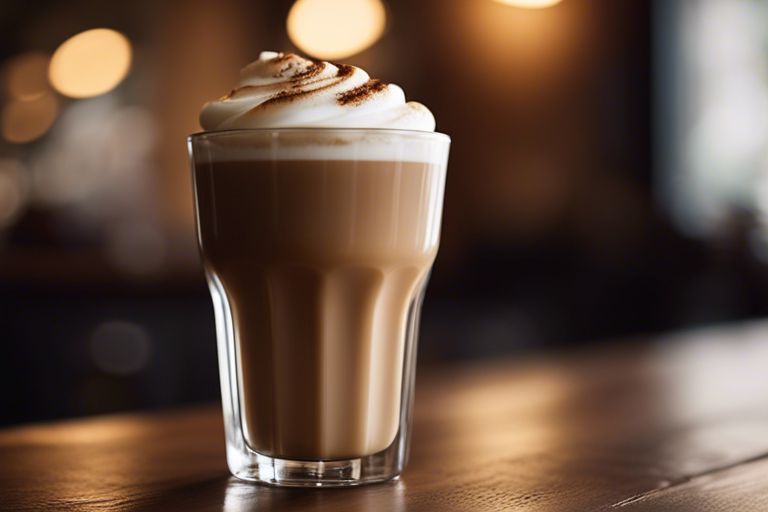Drink it all in...
Mastering the Coffee Cupping Technique
As far as truly understanding and appreciating the intricacies of coffee, mastering the art of cupping is necessary. Coffee cupping goes beyond just tasting a cup of coffee – it is a methodical process that involves carefully evaluating the flavour, aroma, and overall quality of coffee beans.
By honing your cupping skills, you can identify the subtle differences between various coffee roasts and origins, as well as determine the Golden Cup Standard for the perfect brew. From understanding the brewing methods to perfecting your cupping technique, delving into the world of coffee cupping can elevate your coffee tasting experience to new heights.
Join us as we explore the intricacies of coffee cupping and discover how it can unlock a whole new level of appreciation for your daily brew.
Key Takeaways:
- Mastering the coffee cupping technique involves evaluating the aroma, flavor, and overall quality of coffee beans through a systematic tasting process.
- Developing a palate for different coffees is crucial for becoming a skilled coffee cupper, as it helps in identifying nuances in flavour profiles and determining the quality of beans.
- Consistency and practice are key to honing your coffee cupping skills and becoming proficient in the art of coffee evaluation.
The Basics of Coffee Cupping
Definition and Purpose of Cupping
Cupping is a sensory evaluation process used to assess the aroma and flavour profiles of coffee beans. This technique is crucial for professionals in the specialty coffee industry to ensure quality and consistency in coffee production. The main purpose of cupping is to determine the characteristics of a coffee sample, including its flavour, aroma, and quality.
Essential Tools for a Cupping Session
Cupping relies on a few key tools to ensure an accurate evaluation of coffee beans. The most vital tools for a cupping session include cups, cupping spoons, a grinder, hot water, and of course, a selection of different coffee beans. These tools play a crucial role in facilitating the cupping process and achieving consistent results.
Preparing for a Cupping
Selecting the Right Coffee Beans
When preparing for a cupping session, it is crucial to select high-quality specialty coffee beans from reputable sources. Opt for freshly roasted beans to fully experience the richness and nuances of the coffee flavours. Consider exploring different origins such as Colombian coffee for diverse taste profiles.
The Proper Coffee Grind for Cupping
For a successful cupping experience, it is important to grind the coffee beans to a consistent coarse grind. This grind size allows for the optimal extraction of flavours during the cupping process. Utilising a quality coffee grinder to achieve a uniform grind size is key to unlocking the full potential of the coffee samples.
It is important to note that using an inconsistent grind size can result in an uneven extraction, leading to inaccurate taste evaluation. By maintaining a uniform grind, coffee enthusiasts can ensure a reliable and comprehensive cupping experience.
Conducting the Cupping Session
Setting Up the Cupping Environment
Creating the perfect cupping environment is crucial for accurately evaluating the coffee. Make sure the room is free from strong odours and distractions. Gather all necessary equipment including cupping bowls, cupping spoons, grinder, scale, and hot water. Ensure the lighting is optimal for observing the coffee’s characteristics.
The Step-by-Step Cupping Process
Conducting a successful cupping session involves a systematic approach to tasting and evaluating different coffees. The first step is to grind the coffee beans to a coarse consistency. Next, pour hot water over the grounds to release the aroma. After allowing the coffee to steep, break the crust that forms on top and inhale the fragrance before tasting. Finally, score the coffee based on its flavour, acidity, body, and aftertaste.
| Step | Description |
| Grinding | Grind the coffee beans coarsely to release the optimum flavours. |
| Steeping | Pour hot water over the grounds and steep for the desired time. |
| Tasting | Inhale the aroma, break the crust, and taste the coffee to evaluate its attributes. |
| Scoring | Score the coffee based on flavour, acidity, body, and aftertaste. |
Evaluating Coffee Attributes
When evaluating coffee attributes during a cupping session, focus on identifying the unique flavours, aromas, and textures of each coffee sample. Pay attention to the acidity, body, and balance of the coffee, noting any distinct characteristics that stand out. Use the Golden Cup Standard guidelines to ensure consistency in evaluation.
Advanced Cupping Techniques
Identifying Flavor Notes and Aromas
Identifying flavour notes and aromas is a crucial skill in coffee cupping. To enhance this ability, focus on differentiating between the subtle nuances of the coffee beans. Utilise the specialty coffee association’s flavour wheel to pinpoint specific tastes and scents present in each cup.
Mastering the Scoring System
Mastering the scoring system in coffee cupping is imperative for accurately evaluating different coffees. Familiarise yourself with the golden cup standard and use a systematic approach to assign scores based on attributes such as flavour, aroma, and aftertaste.
Understanding the intricacies of the scoring system will not only allow you to objectively assess the quality of various coffee samples but also enhance your palate and sensory skills. By consistently practising and refining your scoring technique, you can become a proficient coffee cupper, capable of identifying the finest details in a cup of coffee.
Diving Deeper
Common Mistakes to Avoid in Coffee Cupping
When engaging in the art of coffee cupping, it is crucial to avoid common mistakes that could alter the results of your tasting experience. Some common mistakes include incorrect water temperature, improper grinding of the coffee beans, inadequate cupping technique, and failing to cleanse your palate between samples. To ensure an accurate and rewarding cupping session, it is necessary to pay attention to these details and follow a consistent protocol.
How to Interpret Cupping Results
Interpreting cupping results involves more than just tasting the coffee. It requires a keen understanding of the various factors that influence the flavor profile of a cup, including the coffee bean origin, roast level, brewing method, and water temperature.
When analysing cupping results, pay attention to aroma, flavour, acidity, body, and aftertaste. These key elements can provide valuable insights into the quality and characteristics of the coffee being tasted, allowing you to make informed decisions about your preferences and choices in the future.
Sharing Your Cupping Experience
Communicating Tasting Notes
When sharing your cupping experience, it is imperative to communicate the tasting notes effectively. Use descriptive language to convey the flavours and aromas you experienced during the cupping session. Highlight the unique characteristics of the coffee beans, such as the origin, roast level, and brewing method to provide a comprehensive overview of the cupping experience.
Hosting a Cupping Event
Hosting a cupping event is a wonderful way to share your passion for coffee with others. Invite friends, family, or colleagues to experience the art of coffee cupping, providing them with an opportunity to taste a variety of different coffees and learn more about the specialty coffee industry. Set up cupping stations with professional cupping equipment such as cupping bowls, spoons, and hot water to ensure a successful and enjoyable event.
Conclusion
Mastering the art of coffee cupping is necessary for anyone looking to truly understand and appreciate the intricacies of coffee. From identifying different flavours and aromas to evaluating the quality of coffee beans, the cupping process offers a sensory journey like no other.
By honing your skills in cupping, you can develop a deeper appreciation for specialty coffee, fine-tune your palate, and even enhance your brewing techniques. Whether you’re a coffee professional or an enthusiast, the ability to conduct a successful cupping session is a valuable skill that can elevate your coffee experience to new heights.
Frequently Asked Questions
What is the purpose of coffee cupping?
The purpose of coffee cupping is to evaluate the aroma and taste of coffee beans to determine their quality and characteristics.
How is a coffee cupping session conducted?
During a coffee cupping session, participants taste multiple coffee samples, evaluate their flavour profiles, and rate them based on various criteria.
What equipment is needed for mastering the coffee cupping technique?
To master the coffee cupping technique, you will need cupping bowls, cupping spoons, a grinder, hot water, and of course, a selection of quality coffee beans.
What is the importance of the Golden Cup Standard in coffee cupping?
The Golden Cup Standard sets criteria for the perfect cup of coffee, including aroma, flavour, aftertaste, acidity, body, balance, and overall appeal.
How can someone become a professional in the coffee cupping industry?
To become a professional in the coffee cupping industry, one must undergo training, gain experience in cupping different coffees, and participate in coffee events and tastings to expand knowledge and expertise.


